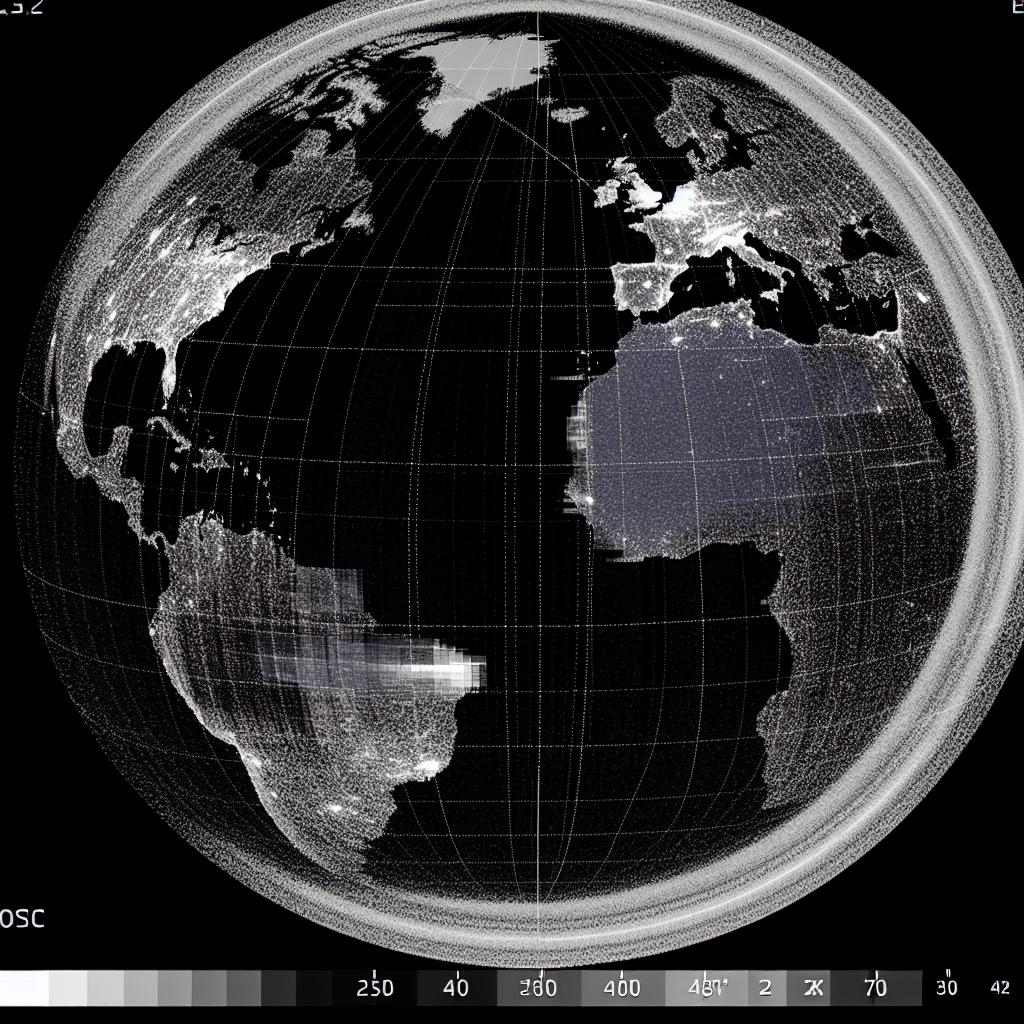Advanced SAR Techniques: Enhancing Imaging Capabilities

Explore the world of SAR imaging techniques and how they can enhance imaging capabilities.
Understanding SAR Imaging Technique
SAR (Synthetic Aperture Radar) imaging technique is a powerful tool used in remote sensing and imaging applications. It uses the principle of radar to create high-resolution images of the Earth's surface.
By utilizing the motion of the radar platform, SAR is able to synthesize a large antenna aperture, which leads to improved spatial resolution compared to traditional radar systems.
SAR imaging technique works by emitting microwave signals towards the target area and measuring the reflected signals. These measurements are then processed to create a detailed image of the target area.
Understanding SAR imaging technique is crucial for effectively utilizing SAR data and extracting valuable information from the images.
Exploring Polarimetric SAR
Polarimetric SAR (PolSAR) is an advanced SAR technique that provides additional information about the polarization properties of the reflected signals. It enables the analysis of the target's scattering characteristics and offers valuable insights into the target's physical properties.
By transmitting microwave signals with different polarizations and analyzing the polarization properties of the received signals, PolSAR can distinguish between different types of targets and provide more detailed information about their structure and composition.

Exploring polarimetric SAR techniques allows for a better understanding of the target area and can lead to improved classification and interpretation of SAR images.

Image showcasing the polarimetric SAR analysis of a crop field.
Exploring Interferometric SAR
Interferometric SAR (InSAR) is another advanced SAR technique that utilizes the interference of radar signals to generate highly accurate elevation maps of the Earth's surface.
By comparing the phase difference between two SAR images acquired from slightly different positions, InSAR can accurately measure the topographic height of the target area. This technique is especially useful for monitoring land subsidence, volcanic activity, and terrain deformation.
Exploring interferometric SAR techniques can open up new possibilities for studying and understanding changes in the Earth's surface over time.
Future Applications of Advanced SAR Techniques
The future of SAR imaging looks promising, with the potential for even more advanced techniques and applications. One exciting area of research is the use of SAR for autonomous vehicles and robotics. SAR can provide real-time imaging and mapping capabilities, allowing autonomous systems to navigate and perceive their surroundings in complex environments.
Another potential application is the use of SAR for climate change monitoring. By continuously monitoring changes in the Earth's surface and atmosphere, SAR can contribute valuable data for studying and understanding the impacts of climate change.
Furthermore, advancements in SAR technology can also lead to improved disaster response and management, as SAR can provide rapid and accurate information about the affected areas, helping authorities make informed decisions and coordinate relief efforts.
Overall, the future applications of advanced SAR techniques are vast and hold great potential for addressing various challenges and advancing our understanding of the Earth.





